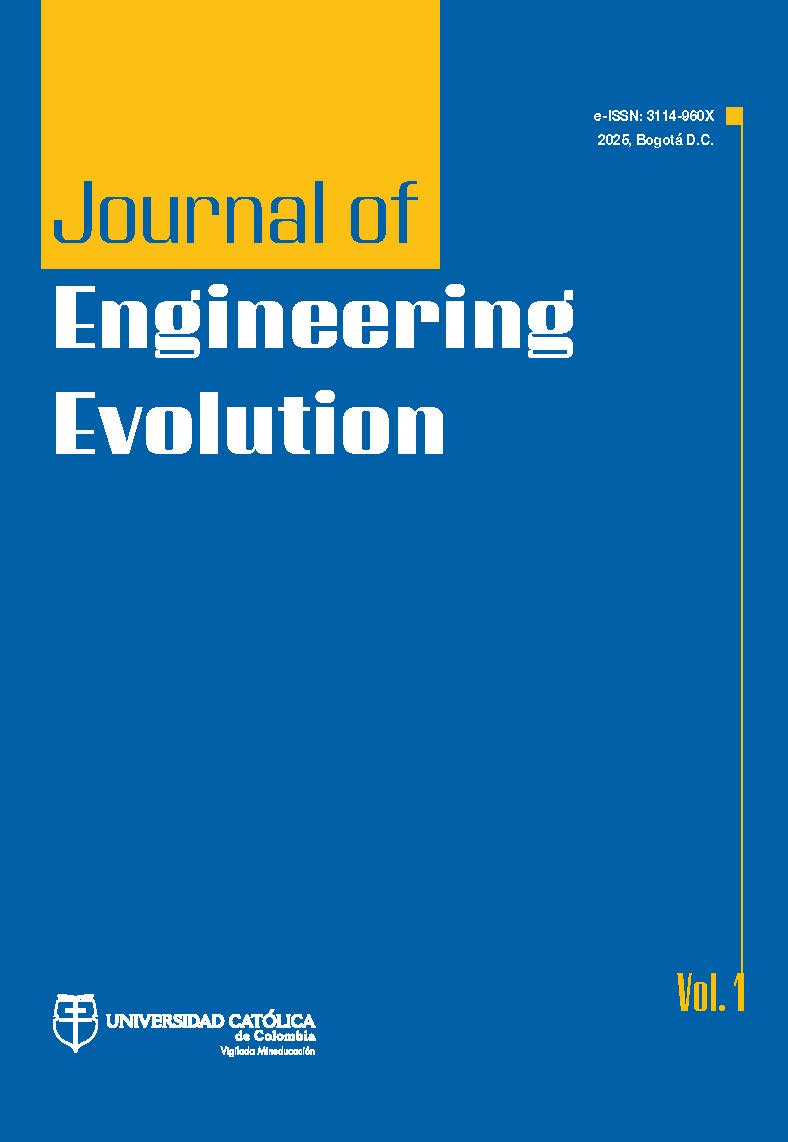Resumen
The research proposes a methodology to separate the phases (particle size) of Colombian diatomaceous soil after placing it in columns with different aqueous media (water and hexametaphosphate) and subjecting it to agitation and sedimentation processes over periods of 3 and 7 days. Samples were extracted from each column at different heights, revealing distinguishable physical properties in terms of specific gravity, consistency, hydrometry, scanning electron microscopy (SEM), and oedometer consolidation tests. Some of the most
efficient techniques for particle separation involve displacing solid particles within fluid media. Results showed a reduction in liquid and plastic limit values with deeper sections, that is, when the material was thicker. The liquid limit values for the columns at 3 days were, on average, higher than those at 7 days. The highest Gs values were found in the material at section S1 of each column, that is, the samples with the lowest liquid limit and largest particle size. In all cases, S1 of each column exhibited hydrometry curves with lower values than the other sections; that is, it reported larger particles. In the separation of particles by size, it was concluded that time and multiple agitation cycles had a greater impact, while the type of aqueous medium did not. In the samples treated with water, the void ratio increased, while the opposite occurred with the samples containing hexametaphosphate. The initial and final void variations did not exceed 10 %. SEM results did not allow for changes in particle size distribution among the different sections of each column to be recognized; the effect of sedimentation was more clearly evidenced in the hydrometry curves.







